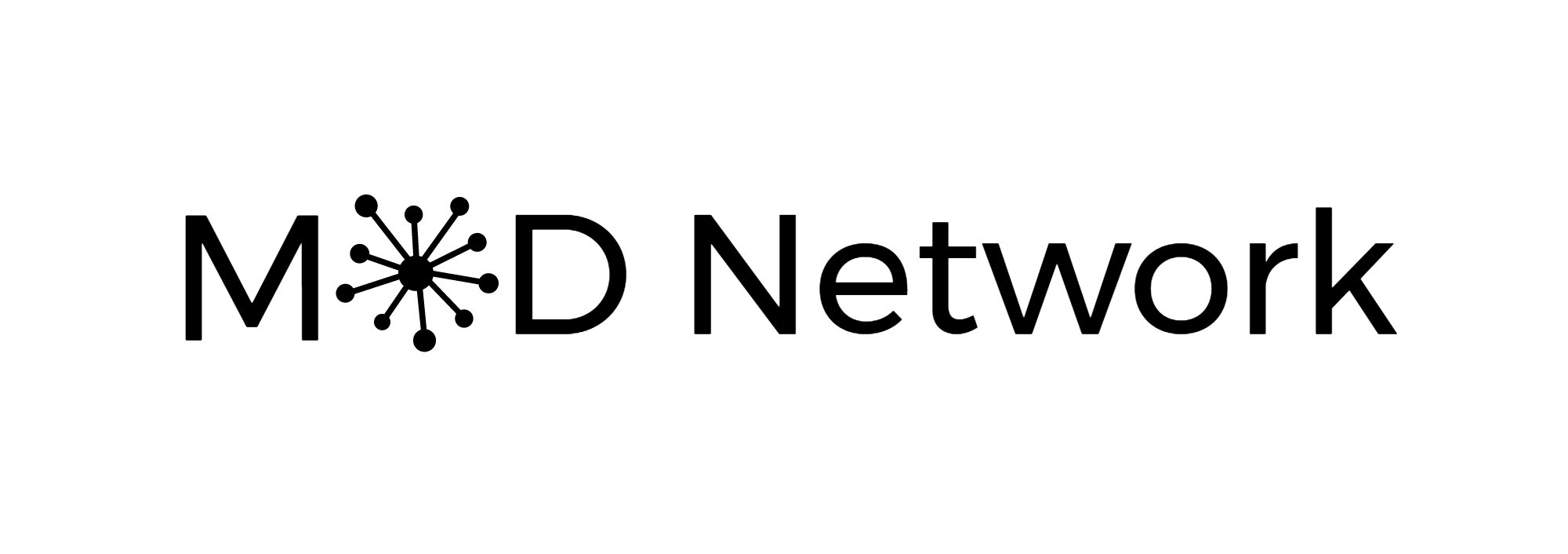Can I Offer You Some Feedback? - Episode #07
Show Notes:
This week we are talking about the GROW Model which is a tool used for goal setting and problem solving. The acronym GROW, representing each different component, stands for Goal, Reality, Options and Will. This four-step model is one way that leaders can be able to address situations in their personal or professional lives.
A tip when thinking about using this model is to use questions that integrate active listening or appreciative inquiry. Using these skills may help identify the issue at hand and how you may be able to move forward from it. Subscribe today so you never miss an episode!
Below we are offering a transcript of the podcast for accessibility and reference.
Episode #07: Business Bites: GROW Model
Welcome to Business Bites. My name is Sara. This is the podcast for busy professionals that want the quick hits of business terminology, historical context, and strategies for integration. This episode, we're going to be talking about the GROW model.
The GROW model was developed in the 1980s in the United Kingdom by Graham Alexander, Sir John Whitmore, and Alan Fine. The GROW model is a tool for goal setting and problem-solving. It works through the acronym of G R O and W each standing for a different component of the tool itself.
The G stands for goals, thinking about what would you like to achieve. The specific goals or steps that you're going to take along the way. The R stands for reality. What is the current situation that you're in? And do you have a clear sense of it? The O stands for options. What could you do to achieve your goals? What are some of the different options that you have available? And W, will. What will you do or what are you willing to commit to make this happen? Thinking through this problem-solving or goal-setting model is one way that leaders can use to be able to address situations in their either personal or professional lives. You can use it with teams, you can use it with organizations broadly because it works through each of these different areas.
When we focus first on Goals, the G, we focus on what are we trying to achieve. Really digging into why are we trying to solve this particular problem right now? What is at the core of the issue that's present? With Reality, it's important for us to take the time to understand our current state. What's working well, what's not working well, and what do we need to change going forward? For Options, sometimes in organizations when we start doing problem-solving, we find the first idea that works and run with it. Options encourages us to think of more than one way for us to be able to achieve our goals, not limiting us to just one or two, but really encouraging us to think expansively about the different options that are present. And lastly, the Will. We can know what it is that we want to achieve. We can understand that current state, and we can have a myriad of options. But we need to be willing to commit to do the work. What does the way forward look like for us? And are we willing to make hard decisions to be able to push forward given the situation that we have?
A tip here, when you're thinking about using the GROW model is to use questions that maybe integrate active listening or appreciative inquiry. How can you uncover different ways for people to think about what the situation is currently present? Being able to use these skills interchangeably and connected may help you identify what's the current issue at hand and how you may be able to move forward from it.
This has been Sara with Business Bites. And you can reach me at podcast@mod.network. We would love to hear from you on what other business terminology that you'd like bite-sized. As always, give us a quick rating on your platform of choice and share this podcast with a friend.
Further Reading
